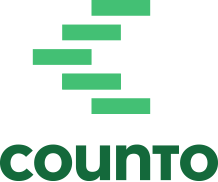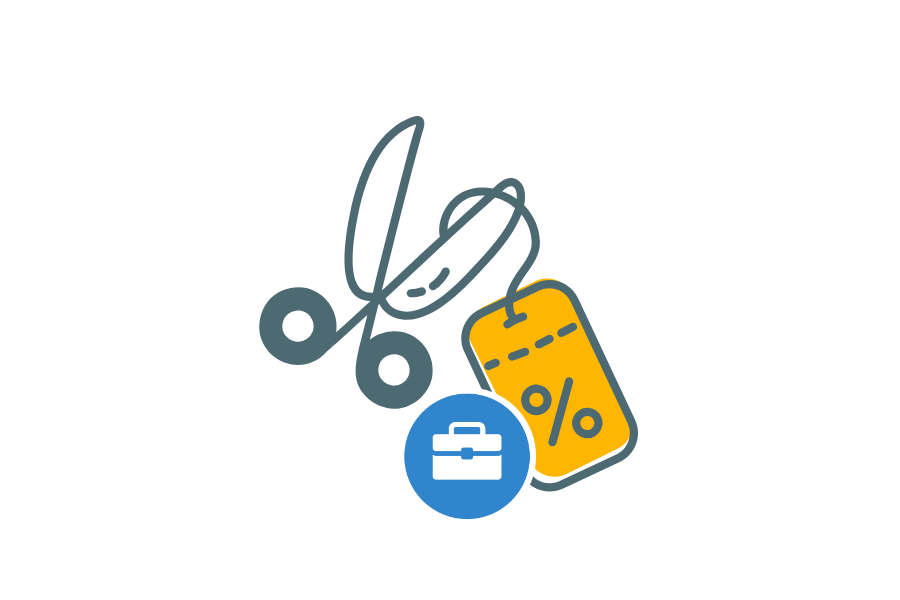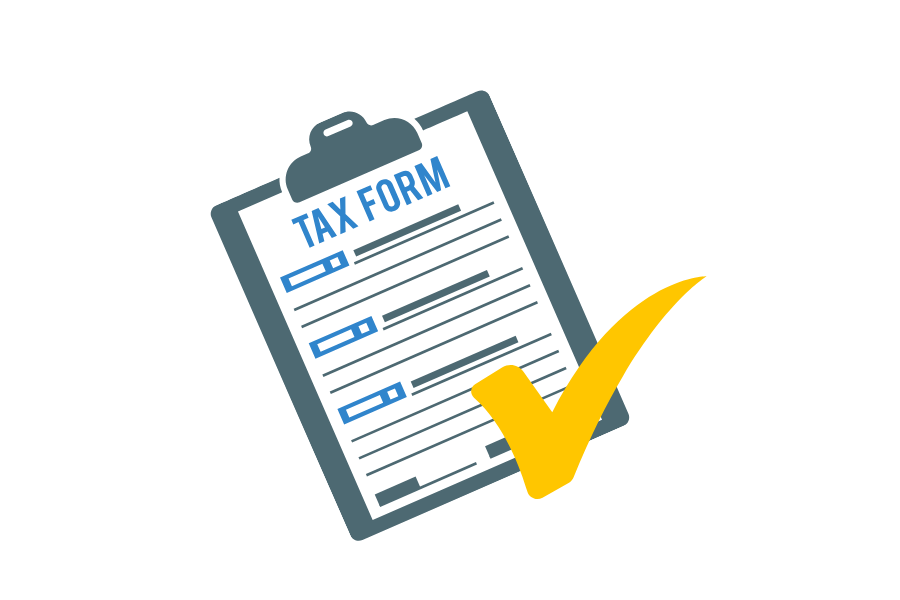Tax Prep for US Freelancers: What You Need to Know About
As a freelancer in the United States, managing your taxes can feel overwhelming. Navigating quarterly tax payments, estimating your liability, and ensuring compliance with the IRS guidelines is essential to keeping your business on track. In addition to standard corporate tax services that are typically required by businesses, freelancers need to stay on top of their estimated tax payments. Understanding how to handle your taxes as a self-employed individual can help you avoid penalties and optimize your tax position.
In this post, we’ll cover the essentials of tax prep for freelancers, including what quarterly taxes are, the deadlines you need to know, and how to calculate your payments efficiently.
What Are Quarterly Taxes?
Quarterly taxes refer to estimated tax payments that freelancers and other self-employed individuals must make throughout the year. These payments cover your federal income tax as well as self-employment taxes (which contribute to Social Security and Medicare). The IRS requires freelancers to make these payments if they expect to owe at least $1,000 in taxes after subtracting withholding and refundable credits.
Who Needs to Pay Quarterly Taxes?
Freelancers, sole proprietors, and other self-employed individuals who expect to owe $1,000 or more in federal taxes after deductions are required to pay estimated quarterly taxes. Additionally, any individual with net earnings of $400 or more from self-employment must file and pay these taxes.
Quarterly Tax Deadlines
The IRS has set specific deadlines for quarterly estimated tax payments. It’s critical to follow these deadlines to avoid penalties and interest charges:
- April 15: Payment for income earned from January 1 – March 31.
- June 15: Payment for income earned from April 1 – May 31.
- September 15: Payment for income earned from June 1 – August 31.
- January 15 (of the following year): Payment for income earned from September 1 – December 31.
These dates are important, so mark your calendar to ensure timely payments.
How to Calculate Quarterly Taxes
To calculate your quarterly taxes, you’ll need to use Form 1040-ES. This form comes with a worksheet to help you estimate your taxes based on your income, deductions, and credits. The steps to accurately determine your quarterly payments are as follows:
- Estimate Your Income: Predict your total income for the year based on current earnings.
- Factor in Deductions: Subtract any business expenses, including office supplies, software, or other work-related costs.
- Include Tax Credits: Add any tax credits you qualify for, such as those related to education or business investments.
- Use the IRS Worksheet: Complete the worksheet on Form 1040-ES to calculate your quarterly payments.
This approach ensures that you’re paying the right amount each quarter and helps avoid underpayment penalties.
✅ One fixed price. All your financials handled. Combine accounting and tax filing in a single plan. See how simple it can be here.
Payment Methods
There are several methods available for making your quarterly tax payments:
- Online: You can use IRS Direct Pay or the Electronic Federal Tax Payment System (EFTPS) for fast, secure payments.
- By Mail: If you prefer, you can send a check along with Form 1040-ES directly to the IRS.
- Credit or Debit Card: Payments can also be made via credit or debit card, though additional processing fees apply.
Choosing an appropriate payment method will depend on your preferences and the urgency of your payments.
Penalties for Underpayment
The IRS may impose penalties if your quarterly tax payments are insufficient. To avoid these penalties, you need to ensure that:
- You pay at least 90% of your current year’s tax liability or
- You match 100% of your previous year’s tax liability.
If your payments fall short of these amounts, the IRS will assess penalties for underpayment, so it’s important to stay on top of your calculations and deadlines.
Summary
Tax prep for freelancers requires attention to detail and timely action. By understanding how to calculate your quarterly taxes, knowing the deadlines, and using IRS tools like Form 1040-ES, you can ensure your compliance and avoid costly penalties. Freelancers should prioritize these tax responsibilities to keep their businesses in good standing with the IRS.
Streamline Your Finances with Smart Technology
Running a business is complex enough. That’s why we offer combined accounting and tax filing plans at one fixed price. Our AI handles your daily books while tax experts manage your filing obligations. Plus, your dedicated CSM is just a SMS away. Chat with us now, email [email protected], or use our contact form.
Here are some articles you might find helpful:
Tax Implications for Foreign-Owned Businesses







